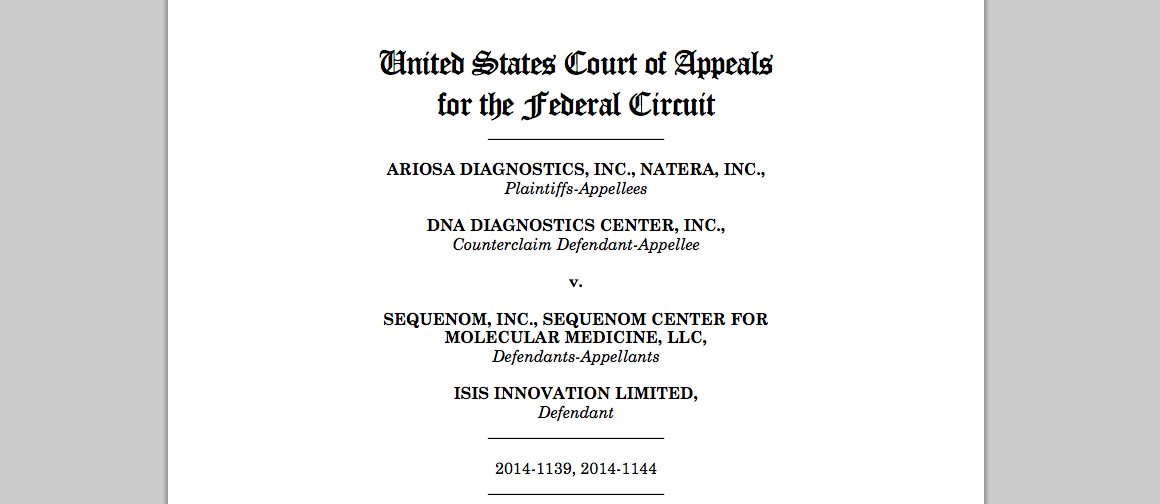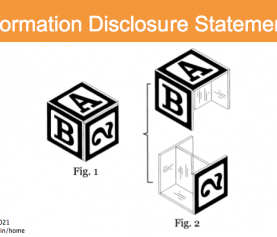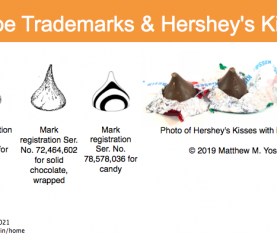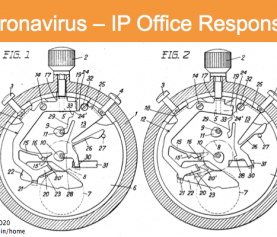Patent reform that we need
There are six patent reform bills making their way through Congress now, with proposed changes to fee-shifting, pleading requirements, the presumption in favor of or against issued patents, and post-grant review procedures at the USPTO, among other changes. I’ll address each of the bills in a later post (you can see the bills here: H.R.9 – Innovation Act; S.1137 – PATENT Act; S.632 – STRONG Patents Act of 2015; H.R.2045 – Targeting Rogue and Opaque Letters Act of 2015; H.R.1896 – Demand Letter Transparency Act of 2015; and H.R.1832 – Innovation Protection Act). Most of these patent reform bills are aimed at the so-called “patent troll” problem – here is my post on what a patent troll is and is not. Today, I’m focusing on the patent reform Congress should be working on: undoing some bad judicial decisions.
We need patent reform because of bad court decisions
The Supreme Court of the United States (“SCOTUS”) and the Court of Appeals for the Federal Circuit (“CAFC”, the only Appeals Court in the U.S. that hears patent cases) have made some bad and anti-Constitutional decisions recently. In the Mayo v. Prometheus decision, the Supreme Court held that an invention that claimed any laws of nature, physical phenomena, or “abstract ideas” (collectively, judicially-created exceptions to patent-eligible subject matter, because they were created by the Supreme Court in 1980 in Diamond v. Chakrabarty, not by legislation) could only be patent-eligible if it limited that “abstract idea” with “significantly more” than just the “abstract idea.” This two-pronged approach is the Mayo test. (Why all the quotes? Because I think the Supreme Court is off target here – try to think of what a non-abstract idea is! You can’t, because all ideas are abstract. Check back soon for a post on this topic.)
In the Alice Corp. decision, the Supreme Court applied the Mayo test, holding that the method claims were directed to an “abstract idea” and that the systems claims – the computer specifically configured to carry out the methods – didn’t claim structure (even though the systems claims included structure. (Some definitions: “method claims” are about the steps to perform a function or achieve a result; “system claims” are about a set of components that do something; and “structure” is a term for the components described in a system claim, or can describe a type of patent claim on a physical object). The Alice Corp. patents were about software: specifically, financial methods of settling transactions. Interestingly, the Supreme Court didn’t use the word “software” anywhere in its unanimous decision. This is stunning, because while it appears that the Supreme Court didn’t want to make Alice Corp. about software, their decision threatens all software patents, because they ruled that all the claims were patent-ineligible – which included every way software inventions have been claimed. Instead, the Supreme Court talked about “generic computers” – demonstrating a lack of understanding of what a computer is (hint: at their root, they’re all generic, they just move bits of information).
The Mayo and Alice Corp. decisions hit patents like earthquakes
And like aftershocks, their implications are spreading – and causing havoc. The Alice Corp. decision was bad because it used the doctrine of patent eligibility to invalidate a patent that probably should have been decided on grounds of obviousness or novelty. It and Mayo have expanded the doctrine of patent eligibility to the point where it threatens to become too large, and swallow all of patent examination, defeating the purpose of our patent system – including its constitutional roots.
The Mayo and Alice Corp. decisions are anti-Constitutional and will stifle innovation
The U.S. Constitution, Article I, Section 8 (text transcript of Constitution at the National Archives; PDF of Constitution at Government Publishing Office) says:
The Congress shall have Power … To promote the Progress of Science and useful Arts, by securing for limited Times to Authors and Inventors the exclusive Right to their respective Writings and Discoveries…
The Founders understood that the economy depends on innovation; that patents and copyrights protect the investment of time and money in inventive and creative work. The Mayo and Alice Corp. decisions result from an overly aggressive application of the doctrine of patent eligibility. If this is allowed to continue, these Court decisions will stifle innovation. Researchers and institutions will spend their time and money studying and funding research questions other than diagnostic tests. The same reasoning applies to software as well as diagnostic methods. For decades, the U.S. has led the world in basic research and in software innovation. If we remove or weaken patent protection for the discoveries resulting from these efforts, we are weakening our economy and our position in the world of science and technology. And that is happening now.
What have Courts done since the Mayo decision?
Since Mayo, the Courts, and the USPTO in post-grant review, have invalidated many patents. Recently, in Ariosa v. Sequenom, the CAFC decided that a groundbreaking test for genetic abnormalities is not patent-eligible. The test was developed after researchers discovered that cell-free fetal DNA (“cffDNA”) is present in the blood stream of the pregnant mother. This allows doctors to test for fetal birth defects far more safely than the previous tests, because these tests are non-invasive. How important was this? Top medical journals described this as revolutionizing prenatal care. The CAFC even wrote that this discovery was:
“a positive and valuable contribution to science”.
The discovery in Ariosa v. Sequenom could be hugely valuable – if protected by patent. But who is going to invest years of effort and millions or billions of dollars into discovering and developing diagnostics that can offer huge improvements in peoples’ lives and in health outcomes – if patent protection is not available for it? Unfortunately, the CAFC continued by stating that a “[g]roundbreaking, innovative, or even brilliant discovery does not by itself satisfy the § 101 inquiry” (the § 101 inquiry is about patent-eligibility).
This is an over-application of the patent-eligibility doctrine. It is anti-Constitutional, as it deprives inventors of the exclusive right to their discoveries, and demonstrates the need for patent reform. Software and diagnostic methods are explicitly patent-eligible. Software, for instance, is mentioned throughout Title 35 of the U.S. Code (the laws regarding patents), and was specifically mentioned in the 2011 America Invents Act – the latest bill that changed the U.S. patent laws. Continuing this excessive use of the patent-eligibility doctrine, which relies on judicially-created exceptions, not on legislation, will further weaken our patent system, and will harm the American economy.
What should be introduced as patent-reform legislation?
We need patent reform that rolls back the judicially-created exceptions to patent-eligibility. New discoveries should be tested for novelty, obviousness, and disclosure (aka enablement). The patent eligibility hurdle must be lowered. The Supreme Court and CAFC keep raising that bar – Congress must act to lower it. It’s time for patent reform to push back against these poorly reasoned judicial decisions.
Do you have questions? Agree or disagree? I’d be glad to hear from you in the comments. Call me at 617-340-9295 or email me at my Contact Me page. Or, find me on Twitter, Facebook, Google+, LinkedIn, Google Local, or Avvo.






